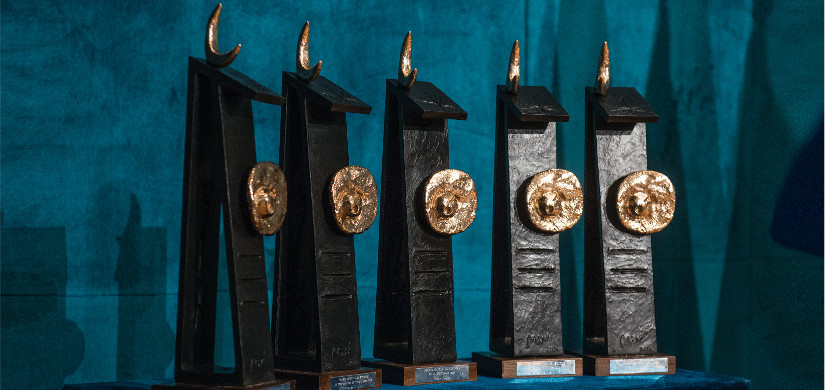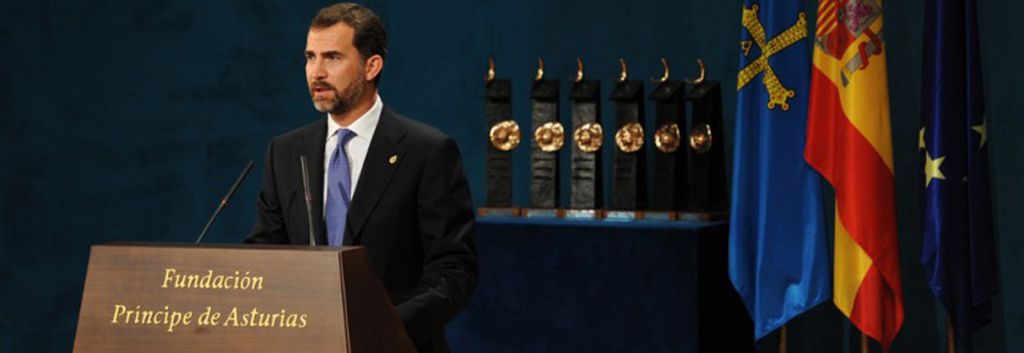CRISPR continues to amass prizes and to consolidate itself as the biggest discovery of the century. Its discoverers received last Wednesday the Princess of Asturias Award of Technical and Scientific Research. Emmanuel Charpentier and Jennifer Doudna, who shared the prize, received €50k.
The prize was established in 1980 and consists in a series of annual prizes awarded in Spain by the Princess of Asturias Foundation (previously the Prince of Asturias Foundation) to individuals, entities or organizations from around the world who make notable achievements in the sciences, humanities, and public affairs. The Technical and Research category has amongst its awarded some of the best known faces of the recent History of Science such as Jane Goodall, Craig Venter or Peter Higgs.
Charpentier and Doudna were pioneers in applying CRISPR-Cas9 technology, which acts like molecular scissors to cut and replace DNA fragments with high precision. The candidacy of these two researchers was proposed by the president of the Scientific Committee for Antarctic Research and clearly won from the very beginning despite the other 38 other candidates in competition.
The CRISPR-Cas9 technology, which is considered one of the most important biotechnological discoveries of the century, embodies a breakthrough in genetic research, leading to various applications in basic research and agriculture, livestock and biomedicine.
The award, that is considered the Spanish equivalent to the Nobel prize, hands €50k to the winners, as well as a statuette based on a sculpture by Joan Miró and a diploma and an insignia bearing the Princess of Asturias Foundation’s coat of arms.
CRISPR Therapeutics, the company founded by Emmanuel Charpentier, recently raised €79.5M while the litigation to discern who did what (and, more especifically, when) continues.






